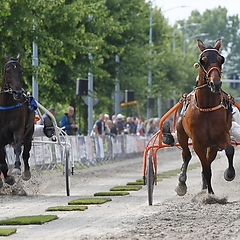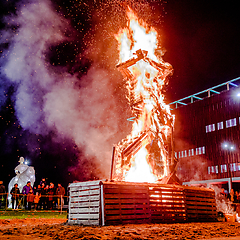The West Frisian language / dialect is a living language that is still actively spoken, written and understood by 50,000 to 100,000 people in West Frisia and the head of North Holland and Texel.
West Frisian has its own dictionary, the Pannekeet West Frisian Dictionary, which is currently being updated and revised by a group of enthusiastic West Frisians. The new Pannekeet Westfries Dictionary is scheduled for release at the end of this year. It is a publication that is affiliated with the West Frisian Society and the management of the dictionary will be placed with the West Frisian Society after completion.
NB: West Frisians speak of Westfrisia and Wesrfrisian; written like this, so as not to create the confusion that West Frisia would be 'the west of Frisia'. Westfriesland is a region in North Holland.
http://www.westfriesgenootschap.nl/
http://www.westfriesarchief.nl/
The group of people who revise and record the Pannekeet Westfries Dictionary belong to those involved.
West Frisian has a long history from around 1200 and has its origins in Frisian. Over the centuries it has undergone its own development with influences from other coastal related languages and dialects. Dutch, Scandinavian, English and French influences can also be found in the language. West Frisian is described quite accurately as a language with Ingvoonian influences on Wikipedia. You can read it here: https://nl.wikipedia.org/wiki/West-Fries_(dialectgroep)



